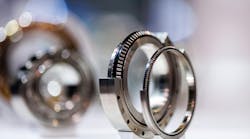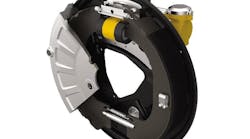Prevent Future Damage with Proper Surface Treatments (.PDF Download)
Too often, design engineers look at coating parts as an afterthought. Rather than being part of the discussion in the early stages of design, engineers sometimes try to solve problems with coatings during—or even after—manufacturing. While surface treatments such as anodizing, electroplating, and thermal spray provide their own unique set of properties and benefits, these processes also have limitations that demand attention early in the design process to ensure optimal performance.
Engineers often look to extend the life of equipment by protecting parts from wear and abrasion. Protective coatings not only guard these parts against these issues, but also provide lubrication and increase structural integrity. Using the right surface treatment can increase a part’s lifespan, cut downtime, and reduce overhead.
Key factors affecting surface treatment at the outset of the design process are:
- Process limitations
- Choice of base metal
- Part configuration and design
- Surface finish
Engineers risk lengthening product cycle times by not making surface-treatment discussions a primary consideration early in the design process. When going this route, they risk specifying a treatment that cannot be completed due to the design properties of the part in question.








